
A Glowing Promise of Health
In the roaring 1920s, the world was captivated by the promise of scientific breakthroughs, and few substances captured the imagination more than radium. It glowed with an otherworldly light, a beacon of modern progress, and William John Aloysius Bailey saw its potential to create miracles. His product, Radithor, was hailed as a cure-all elixir—a liquid miracle that promised to restore vitality, cure illnesses, and even reignite fading passions. To a public enthralled by progress, Radithor was more than medicine; it was hope in a bottle. Yet, this glowing promise concealed a dark and deadly truth.
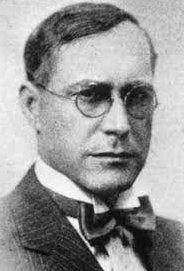
The Birth of a Radioactive Craze
The discovery of radiation at the end of the 19th century opened a Pandora's box of scientific possibilities and commercial exploitation. Henri Becquerel and Marie Curie—pioneers in the study of radioactive elements—revealed the tantalizing power of radium, sparking excitement that soon extended far beyond the laboratory.
By the early 20th century, radioactive elements became exciting novelties, fueling a global craze for radium-infused products. The public’s appetite for these glowing wonders seemed insatiable.
Lipstick, chocolate, watch faces, butter, and even condoms infused with supposed radioactivity flooded the market.


Companies like the Colorado Radium Products Company marketed devices like Rayode, which allowed consumers to "make radium water in your own home." Advertised as a “natural” means to energize and heal the human body, these products played on the allure of progress while often containing little or no actual radium—a blessing for many unwitting buyers.

William Bailey, a Harvard dropout with no medical degree, became one of the most infamous purveyors of radioactive products, claiming that radium's energy could heal countless ailments, including arthritis, anemia, diabetes, indigestion, asthma, and even depression.
Unlike other manufacturers who merely exaggerated their products' radioactivity, Bailey delivered the real deal. His Radithor tonic contained genuine radium-226 and radium-228 dissolved in triple-distilled water, making it one of the deadliest drinks ever sold. From his laboratory in East Orange, New Jersey, Bailey marketed Radithor as a cure-all, with advertisements promising it radiated vitality, and for a time, it seemed to be the elixir of life itself.
But Bailey’s ambitions didn’t stop there. He launched a range of radioactive products, each promising miraculous cures. There was Arium, an aphrodisiac that claimed to rekindle love and passion in marriages. Linarium, a radium-laced liniment, promised relief from aches and pains. Dentarium, a radioactive toothpaste, boasted stronger teeth and healthier gums, while Kaparium was a hair tonic that supposedly restored luxurious locks. Bailey’s creativity knew no bounds, and his inventions captivated a public eager to embrace modern science, no matter the cost.
Radithor’s Glowing Appeal
Radithor’s popularity skyrocketed, endorsed by society’s elite and marketed as a luxurious, cutting-edge treatment. It was particularly infamous for its promise to cure impotence and rejuvenate energy, ensuring its appeal to wealthy and influential men. Slogans like “Perpetual Sunshine” and “A Cure for the Living Dead” cemented its place as a must-have tonic. The elixir was seen as a modern marvel, a magical potion that could banish fatigue, enhance athletic performance, and restore youthful vigor.
In an era when radium was hailed as a scientific wonder, Radithor became a symbol of progress. The glow of radium represented vitality and life, and Bailey’s marketing expertly tapped into these associations. For many, drinking Radithor felt like drinking the future.

The Deadly Toll of Radithor
The most infamous victim of Radithor was Eben Byers, a Yale-educated industrialist and socialite.
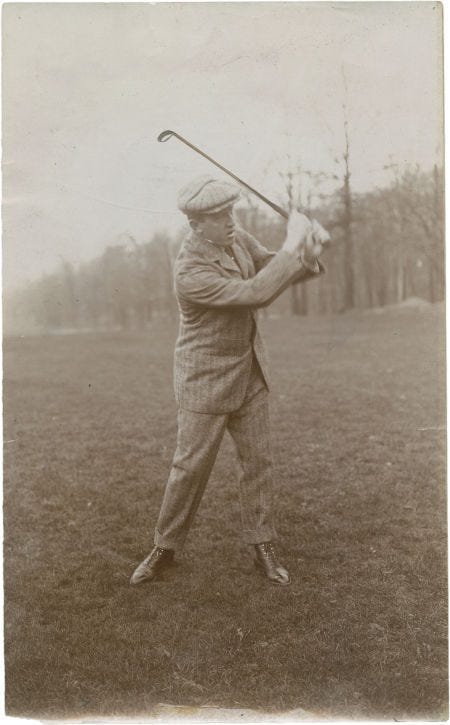
Byers consumed around 1,400 bottles of Radithor over five years after sustaining a shoulder injury, believing it had restored his vitality and stopping his pain. Initially, he praised its effects, but his health began to decline as the radium silently destroyed his body.
Byers’ jaw disintegrated, his bones became brittle, and his body was racked with pain.
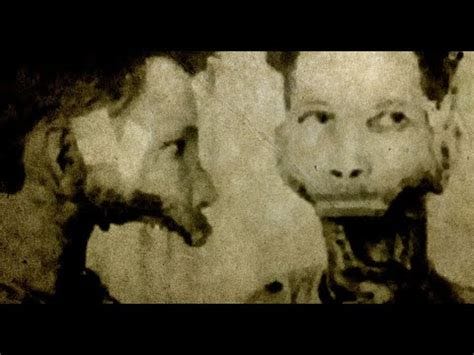
He died in 1932, leaving behind a horrifying legacy.
His body remained radioactive decades after his burial, a grim testament to the poison he had consumed.

Byers was not alone. While exact numbers are elusive, it is estimated that thousands of people consumed Radithor and other radioactive products during the radium craze. Many of them likely suffered in silence, unaware that their miracle cure was slowly killing them. Radiation exposure’s long-term effects—including cancers and genetic mutations—could have impacted not only the users but potentially their descendants as well. The generational damage, though difficult to quantify, was a chilling consequence of the radioactive craze.

The End of an Era
The death of Eben Byers was a turning point. The sensational headlines and public outcry that followed his demise forced regulatory authorities to take action. The U.S. government tightened its oversight of radioactive products, and Radithor was pulled from the market. By the 1930s, the radioactive craze had largely ended, replaced by a growing awareness of radium’s dangers.
Despite the public reckoning, William Bailey remained defiant. He continued to invent new radioactive devices, including the Radiendocrinator, a bizarre contraption designed to be worn against the skin—preferably near the reproductive organs—to “energize” the body.

Bailey’s unshakable confidence in his creations allowed him to amass significant wealth, and he faced little accountability for the harm he caused. He died in 1949, likely from complications related to his own exposure to radium. When his body was exhumed decades later, it was found to be heavily radioactive, a grim symbol of his toxic legacy.

The Legacy of Radithor
Radithor’s story is a cautionary tale of unchecked ambition, pseudoscience, and the public’s willingness to embrace the promise of progress without question. It reminds us that every scientific breakthrough carries both potential and peril. Radithor promised vitality, youth, and health but delivered death, disease, and despair. For the thousands who consumed it, the cost of that lesson was immeasurable. And for future generations, it serves as a stark warning: not every glow brings hope. Some miracle cures conceal danger, their harm radiating across generations in ways that science and society are slow to grasp.




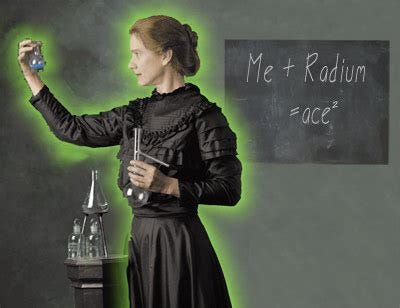
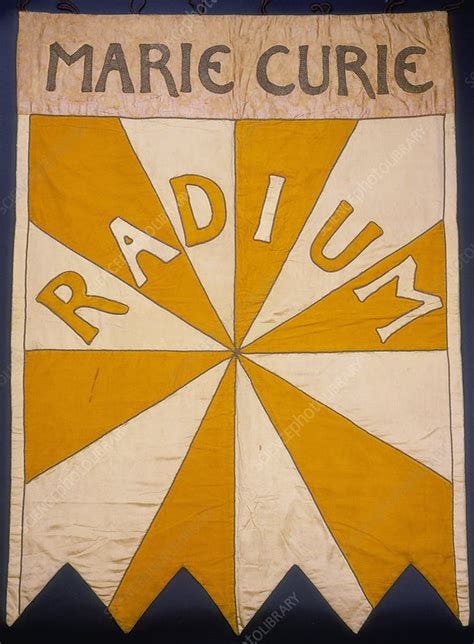

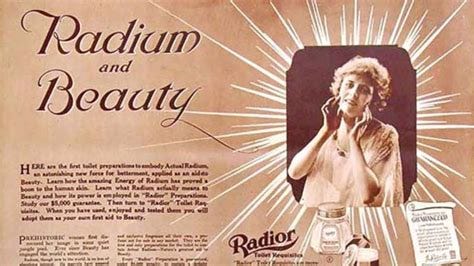
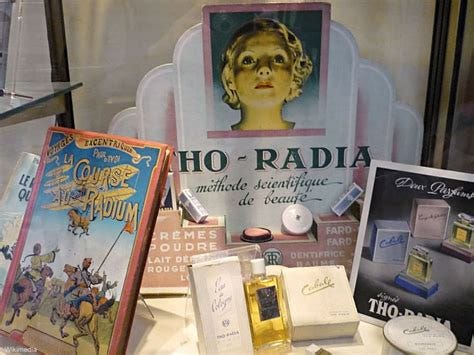
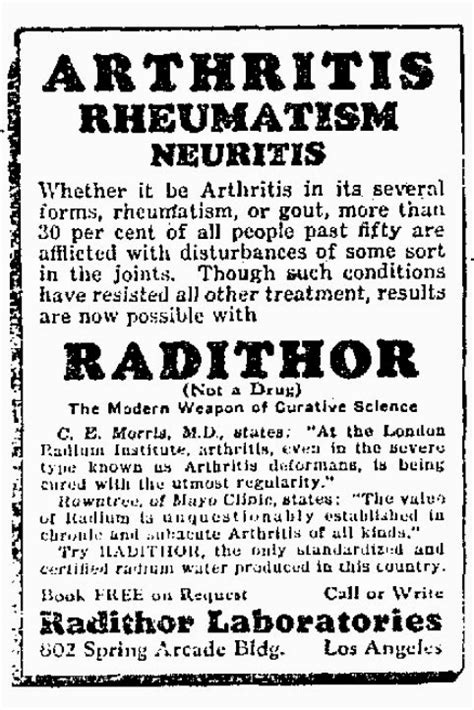

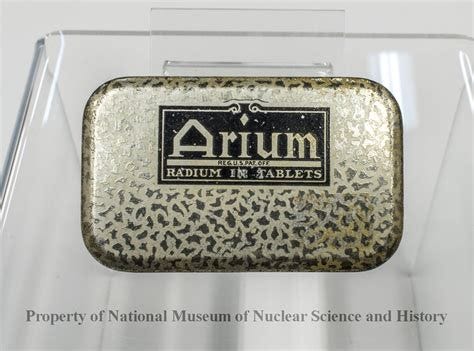
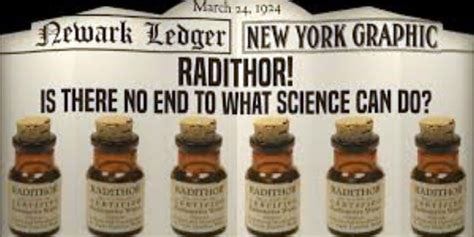
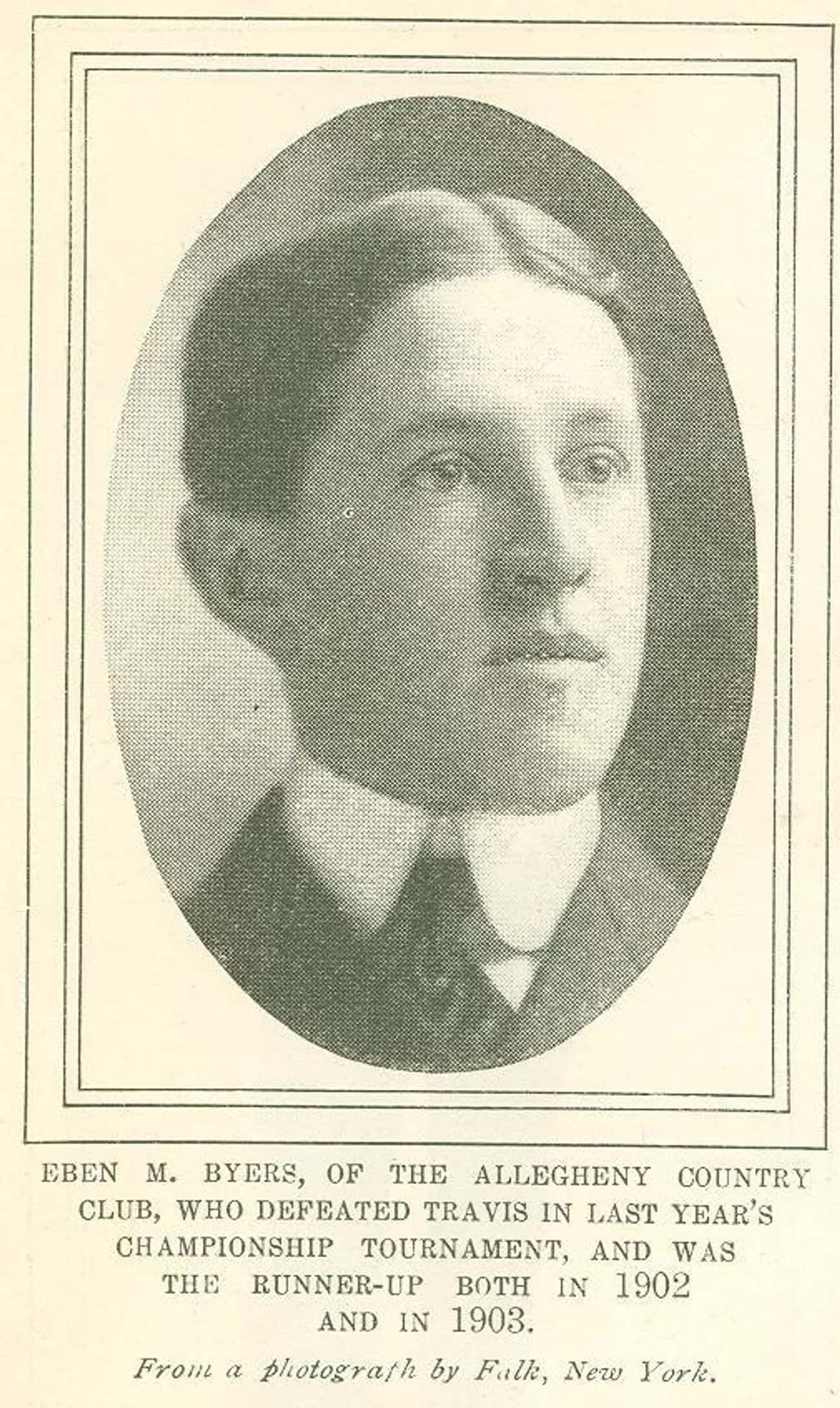


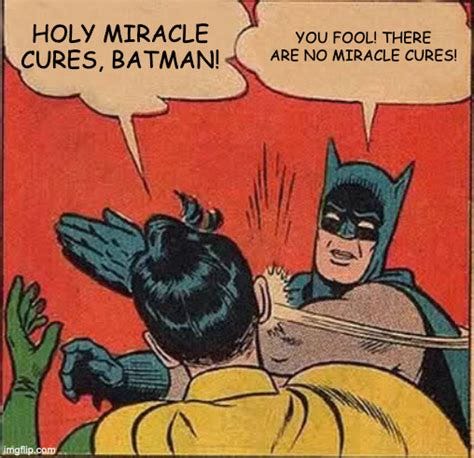


Little known history...Great piece!!!
Why would you want to live after having your jaw removed … made my skin crawl . Many of the ladies painting radium watch indices so the watches has lume , would lick the brush to wet it and dip into the radium paint . Many women had their teeth fall out and same hideous cancers in the mouth and face due to radiation exposure and poisoning. This is a tale people still probably haven’t grokked . Especially with the current new claims about nicotine for healthy cleansing of graphene from the clot shot . People never learn . There is an agenda to reduce the population of the gullible and foolish by eugenics . Great article!